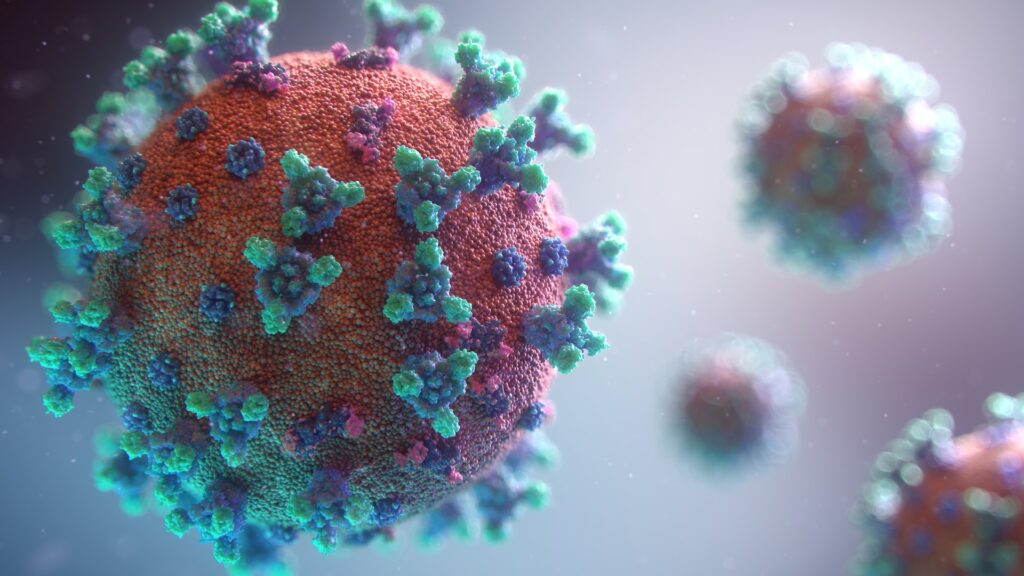
(Cupventi.com) – The Centers for Disease Control and Prevention (CDC) shared that cases of a new COVID-19 variant called Omicron BA.2.86, also known as Pirola, have gone up three times in just two weeks. It makes up around 5% to 15% of all infections. The World Health Organization (WHO) has labeled it a “variant of interest,” along with its related form JN.1.
Even though a lot of people have this new variant, the CDC says it doesn’t seem to be causing more infections or hospitalizations in the United States, which is good news. Both the CDC and WHO agree that compared to other variants, this one doesn’t pose a big risk to public health.
The vaccines that were approved in September are thought to give more protection against BA.2.86, just like they do for other variants, according to the CDC. A scientist named Richard Reithinger mentioned that so far, the vaccines have been doing a good job of protecting people, especially those who got extra booster shots.
The CDC also said it’s not clear if BA.2.86 causes different symptoms, but most variants seem to have similar effects. The new variant should still show up in tests, and the usual treatments should work against it.
Although the pandemic is officially over, COVID-19 is still around, warned Reithinger. He mentioned that the new variant was a bit worrisome because it has a lot of changes in a part called the spike protein, but early data doesn’t suggest it’s escaping the immune response easily.
The increase in cases might be because the U.S. is in the “COVID-19 season,” and many people already have immunity from earlier versions of the virus, explained the doctor.
Apart from getting vaccinated, Reithinger suggests that people at higher risk take extra precautions, like wearing masks, washing hands a lot, and avoiding crowded places.
He also said that those at greater risk should talk to their doctors about getting booster shots, especially if they are over 60, have health issues, or work in jobs where they might be exposed to the virus a lot.